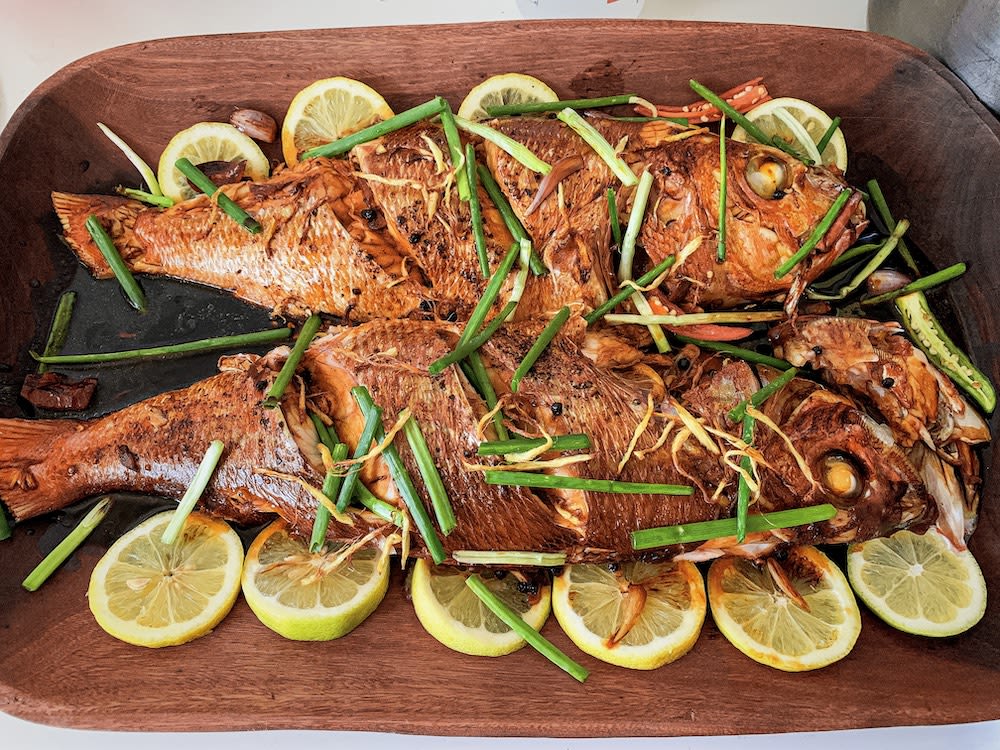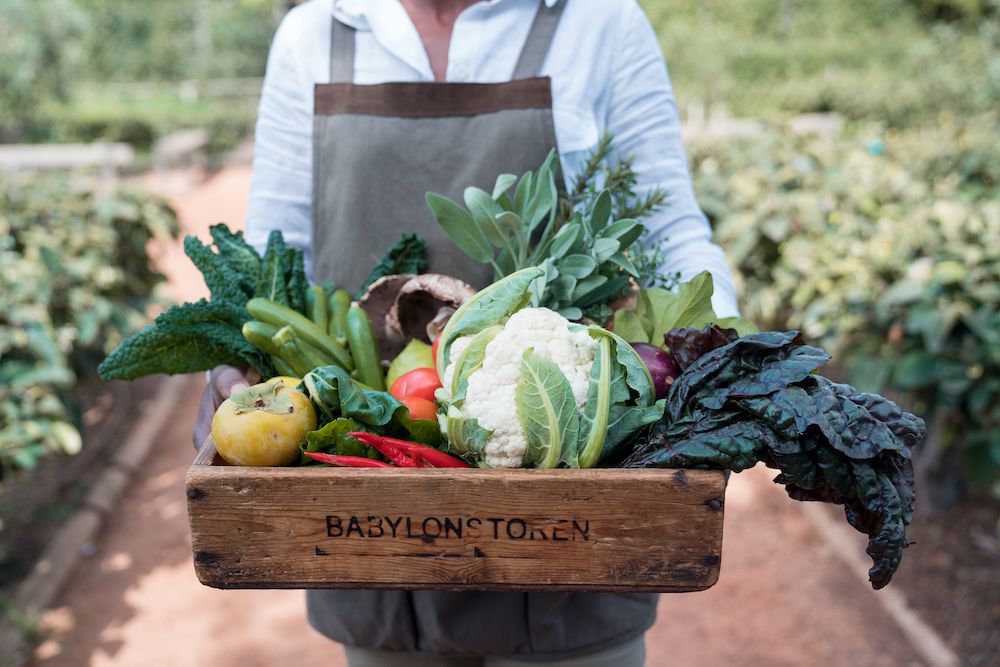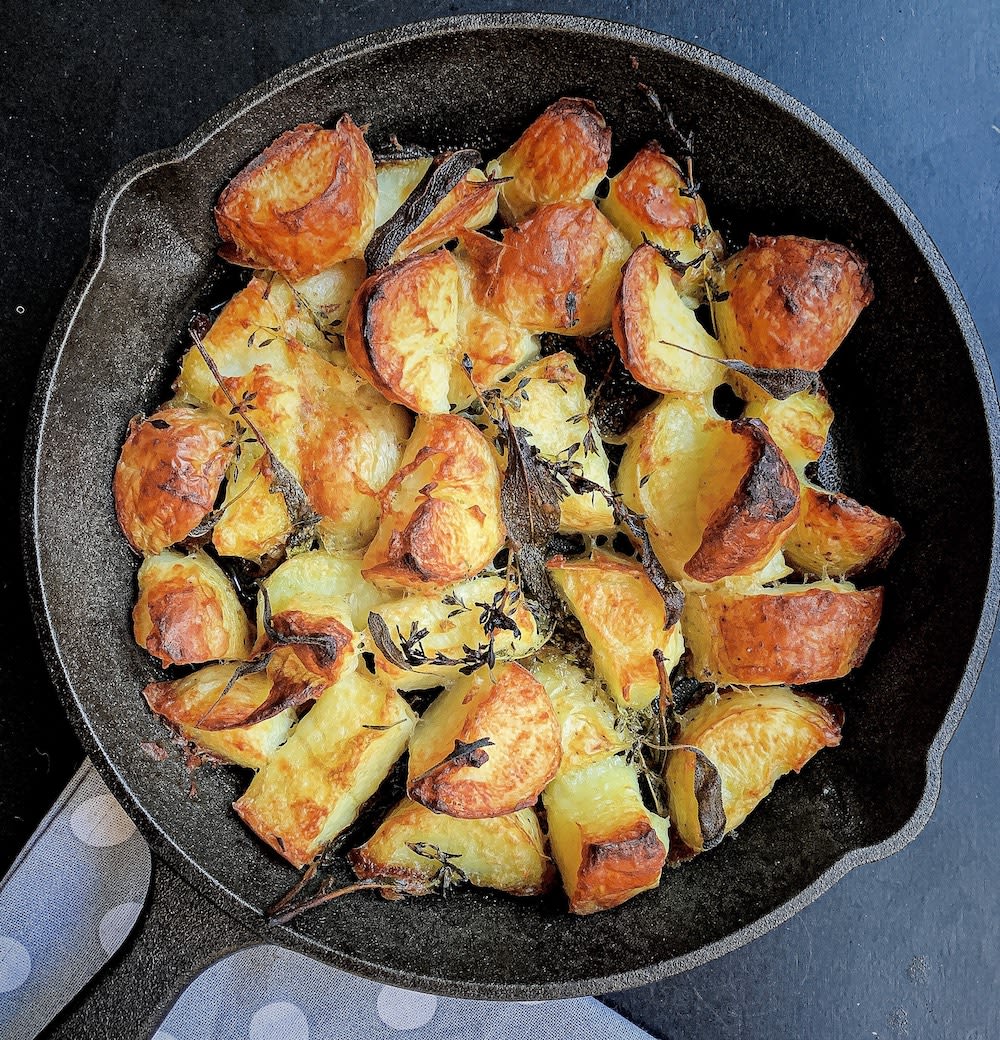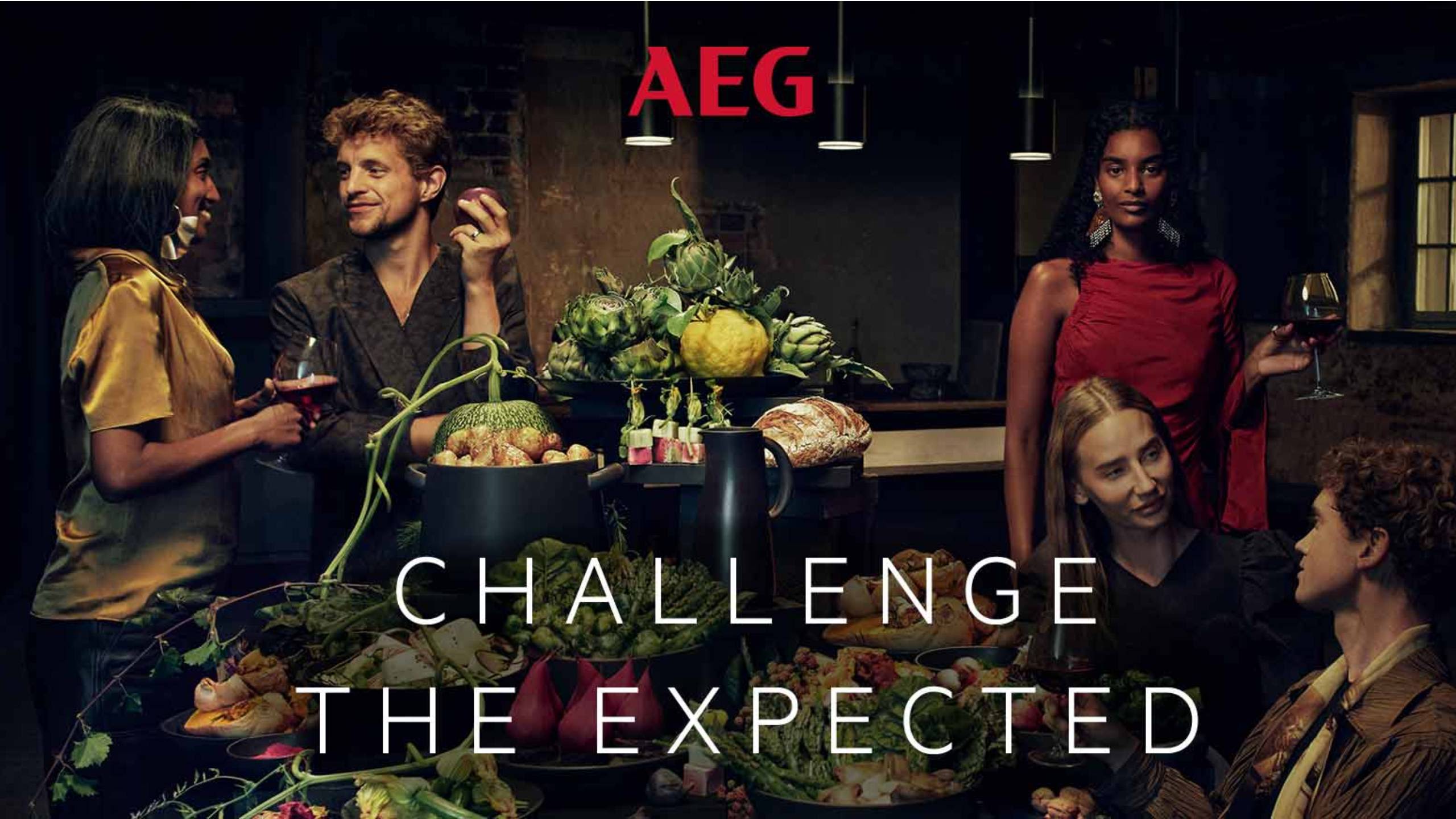Local tastemasters on African-inspired festive tables and future food trends

The world and South Africa’s experiences of various iterations of lockdown levels, are not only driving some of the future food trends but also the way we eat, most pressingly, the Christmas feast.
WGSN Food & Drink: Cuisine & Flavour Forecast 2023 outlines six key themes, four of which have already started to emerge in our local zeitgeist: celebrating African roots, reclaiming spices, creating indigenous fusions, and restaurants at home.
Spending more time at home has inspired many to want to connect not only virtually but also reconnect with the past. In Netflix’s part-travel, part-culinary limited series, High on the Hog, Stephen Satterfield travels to West Africa and the US to document and share the stories of Black people – chefs, historians, activists among others – who have shaped US food culture. Storytelling around food, the provenance of produce and invoking a sense of nostalgia and belonging while we are all so seemingly disconnected, has become more pronounced.
That emotional connection we seek often finds expression in our need to make the default seven colours or boereboontjies and bobotie, but “our summer season allows our Christmas food to reflect our farming heritage,” says Tandi Oosthuizen, head of e-commerce at Babylonstoren. “We can swap the cranberry sauce for the colder world of seasonal fresh berries such as blueberries and blackberries, and for fresh salads with sun-ripened tomatoes and basil, and pumpkin pie and malva pudding for thick slices of watermelon with mint, juicy plums and buffalo yoghurt for dessert.” For the big cuts such as gammon and roast beef our South African ancestors have already made their own, serve cold smoked gammon and rare-roast beef, served with a summery Chenin blanc.

Vanessa Dossi of Vanilla Scented Kisses. (Supplied)
Vanessa Dossi of Vanilla Scented Kisses. (Supplied)
Social media lead and avid foodie and cook Vanessa Dossi shares her love for “food like it was made in your own kitchen” on her Instagram page (@vanessa_dossi) and also offers catering services and bimonthly cooking classes (temporarily suspended due to Covid-19 regulations) through her business Vanilla Scented Kisses. With her family based in Botswana and the rising Covid-19 numbers she has opted to stay in SA and is planning to cook up an elaborate Christmas lunch with her best friend who also can’t be with her family this year.
“I’m from Malawi and we share the same type of dishes as South Africans in our lunch spreads. I get why our meals tend to be quite wintery – it’s because they are hearty and often family favourites” so they won’t be going anywhere anytime soon.
“My ideal Christmas lunch is a leg of lamb and a spatchcocked chicken on the braai, and a glazed gammon in the oven with an apple gravy. Accompaniments must be fresh and light: salads that feature seasonal vegetables and fruits, roast potatoes, a crunchy leafy salad, butter broccoli and green beans, and glazed carrots. Sometimes I make a honey mustard dressing to drizzle on top, or sprinkle nuts or pomegranate seeds.
“And no Christmas spread is complete without a whole-baked or steamed fish. In our home it’s always the main attraction,” says Dossi. And if you find fish tricky to make, AEG’s range of steam ovens take out the guess work. When you add steam you can unlock next-level cooking – bakes that rise a little higher, roasts that are both tender and crispy, beautifully tender fish that doesn’t dry out. The SteamPro ovens with sous vide can achieve results that are impossible to achieve in a normal oven.
Unilever’s Food Solutions noted that chefs are now actively looking for sustainable fish and seafood options. As diners become more educated about the term farm-raised, they are understanding the health and safety of the fish depends on how and where they are raised and that farm-raised can certainly be high quality and sustainable. Undervalued species of fish such as “trash fish” or bycatch such as small breeds can be a great replacement for the overfished cod and tuna, advising monkfish, tilapia, barramundi, and even Arctic char as a suitable salmon substitute.
And what to do with those turkey or chicken leftovers? “If I need the leftovers to feed the whole family then I do a chicken pot pie. People often leave behind the chicken breast and it can be quite dry the next day, so this recipe adds flavour to those bland pieces. You can add your leftover vegetables to it too, such as potatoes, peas, carrots, and broccoli. If just for myself, I love making a packet of 2-minute ramen noodles, heat up the chicken and add to my noodles with whatever leftover vegetables I have,” says Dossi.

Farm fresh deliveries from Babylonstoren are also supplemented with produce from a network of small artisan producers for Cape Town and Johannesburg offerings. (Credit: Babylonstoren)
Farm fresh deliveries from Babylonstoren are also supplemented with produce from a network of small artisan producers for Cape Town and Johannesburg offerings. (Credit: Babylonstoren)
Ultimately, the goal is to create lighter meals that suit the warmer weather – letting go of heavier carb-heavy meals and bringing in diverse flavour profiles and indigenous ingredients that either harken back to your heritage or experiment with new ones from one of the continent’s many cultures. Why settle for the same old when you can set the new standard.
We asked Oosthuizen and Debora van der Merwe, Babylonstoren’s food scientist about the five emerging food trends …
- Nonalcoholic beverages: More people tend to enjoy one glass of very good wine instead of copious amounts of average wine. It’s not only good for the South African repertoire but also for you health
- Hyperlocal or endemic: People travel the world to see new places and they want to “taste” them too – tea from buchu found on our wineland mountains, eating product-of-origin Karoo lamb, enjoying West Coast “see-slaai” picked in Paternoster.
- Plant-based and responsible eating: As more consumers lean toward food options that use less natural resources and are less taxing on the environment, the demand for this food type has surged, making it a key area for innovation.
- Zero or low waste: Offcuts go to the stockpot for soups and sauces, dried citrus peels makes delicious flavouring, carrot tops are blended into a paste for filling mushrooms … the list is endless for consumers who care for the land that feeds them and want nothing to go to waste.
- Fresh deliveries: to know how and by whom your goods are grown or made adds to the pleasure of enjoying it. Food delivered to your doorstep is the new normal, and it needs to be fresh, healthy and seasonal.
- Good for the gut: Kombucha, kimchi, kefir and various other fermented products are on the rise as the promotion of gut health and probiotic-friendly foods become more important to consumers.
Vanessa Dossi’s foolproof roasted potatoes recipe

“I’m a sucker for perfectly roasted potatoes. You just can’t go wrong with the crispy outside and soft fluffy inside that’s perfumed with thyme and sage.”
Ingredients
- 1 kg potatoes – chopped
- 4 Tbs butter
- 2 Tbs Olive oil
- 5g Fresh sage
- 5g fresh thyme
- 2 garlic cloves
- Salt & pepper
Method
- Boil your potatoes in water that has been generously seasoned with salt (like you would pasta) until cooked.
- Preheat your oven to 200 degrees while the potatoes cook.
- Once the potatoes are cooked, drain the water and place the potatoes back in the pot.
- Into the pot with the potatoes, add the olive oil, butter, minced garlic cloves, sage leaves, thyme sprigs and pepper to taste.
- Close the pot with the lid and shake to melt the butter and combine all the ingredients with the potatoes.
- If the potatoes start to break apart, it’s a good thing because they will crisp up even better in the oven.
- Bake the oven for 20-25 minutes until crispy and golden brown.




